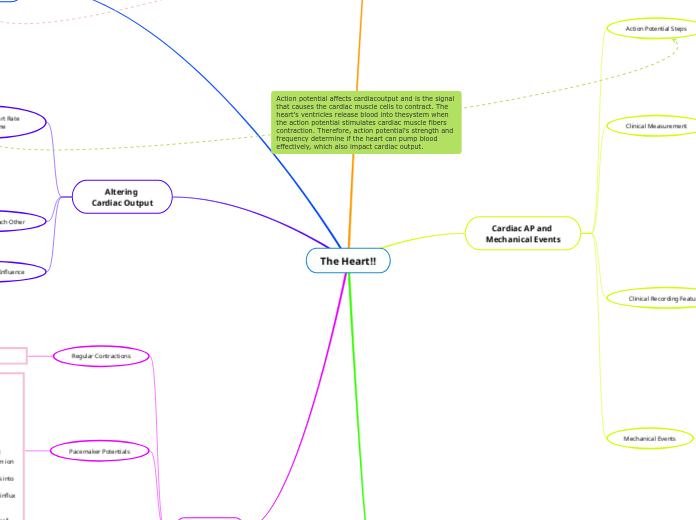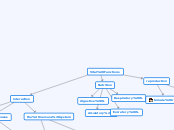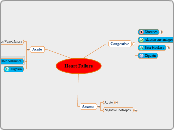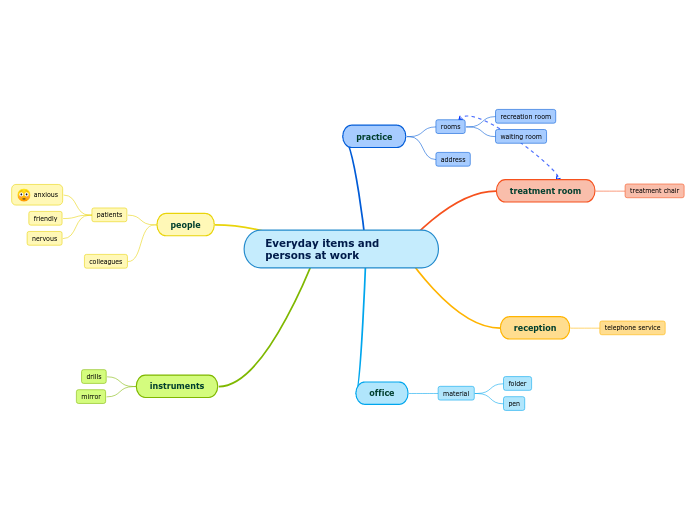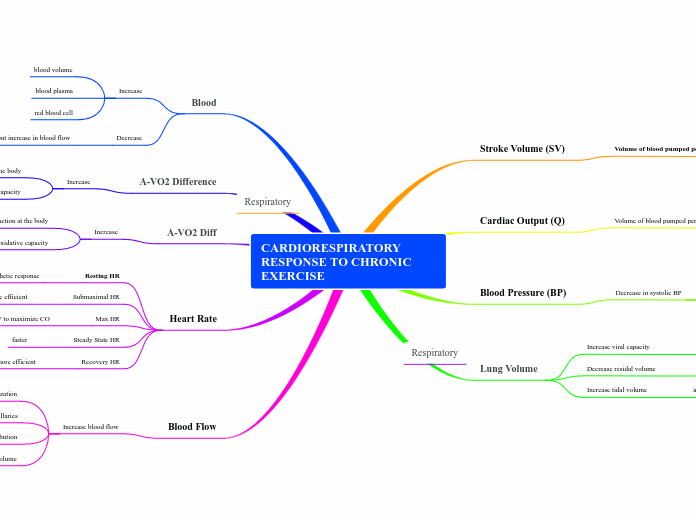por Bhagya Suresh 26 dias atrás
120
The Heart!!
The autonomic nervous system (ANS) plays a crucial role in regulating heart function, with its sympathetic division increasing heart rate and contractility via norepinephrine, and the parasympathetic division decreasing heart rate through acetylcholine and the vagus nerve.
